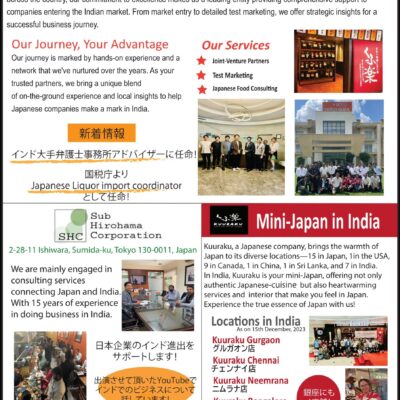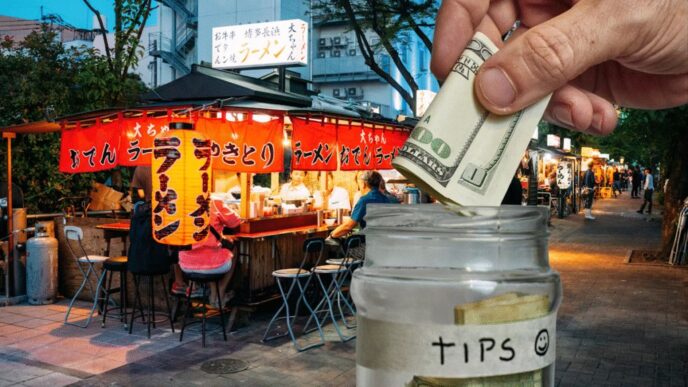Why Are Consumers Stocking Up on Rice?
Rice prices in Japan have reached historically high levels, yet households continue to purchase more of this staple food. Experts suggest that consumers are stocking up in anticipation of further price increases, reflecting concerns about food security and rising costs.
Rice Prices at an All-Time High
Japan’s average retail rice prices have surged due to:
- Rising production costs – Higher fertilizer and fuel prices are increasing farming expenses.
- Climate-related disruptions – Extreme weather conditions have impacted rice yields.
- Global food inflation – Supply chain issues and export restrictions are pushing prices higher.
Despite these challenges, Japanese households are not cutting back on rice consumption. Instead, they are buying larger quantities or seeking alternative sources such as direct purchases from farmers to secure their supply.
Consumer Behavior: Buying More, Not Less
Many consumers are adopting new strategies to manage the rising cost of rice:
- Bulk Buying – Purchasing large quantities now to avoid even higher prices later.
- Direct Purchases from Farmers – Some households are sourcing rice directly from producers at lower costs.
- Exploring Alternatives – Increased interest in blended rice varieties and imported options.
Supermarkets and online retailers have also reported a surge in rice sales, with some stores running out of stock faster than usual.
What’s Next for Japan’s Rice Market?
Experts predict that rice prices may continue to rise in the coming months due to:
- Further cost increases in agricultural production.
- Potential weather-related supply shortages affecting upcoming harvests.
- Global market pressures and import challenges.
However, the Japanese government is considering measures to stabilize the rice market, such as:
- Subsidies for rice farmers to offset production costs.
- Encouraging sustainable farming practices to ensure long-term supply.
- Exploring trade agreements to secure alternative rice sources.
Final Thoughts: How Can Consumers Adapt?
While rice remains a staple in Japanese households, consumers may need to adjust their shopping habits to cope with higher prices. Whether it’s buying in bulk, exploring budget-friendly alternatives, or supporting local farmers, adapting to market trends will be key.
Do you think rice prices will continue to rise? How are you managing food costs? Share your thoughts below!
Source: https://www.asahi.com/ajw/articles/15378092
















